- CHAMPION’S ADVICE: Cash generation v points
- SEA EAGLES: Full squad analysis + starting 17
By Steve Heavener
Winning $50,000 in SuperCoach Classic is the dream we all have. But if you are a realist like me, then nothing is better than giving it to your mates after a head-to-head win.
This is a piece for all the head-to-head tragics out there like myself, who focus on competing in a league for bragging rights and maybe even taking your friends’, or even a bunch of randoms’, hard earned cash.
Whilst the basics are the same for head-to-head and overall players, there are a few key differences that head-to-head players need to focus on.
Sign up to SC Playbook for detailed pre-season analysis of every top 17 player from every club in the competition + over 200 additional articles once the season kicks off.
Embed from Getty ImagesTHE SEASON’S GOAL
Your focus for the whole season should be getting your team into your league’s top 8 for Round 22 AND having your team in good shape once you get there.
The beauty of head-to-head is that you are never really out of it if your team bombs a few rounds. I’ve bagged some of my mates for their early season player choices, only for them to turn it around and school me come finals time.
Each week you should be assessing where you are on your league’s ladder and what you need to do to get into or stay in the top 8. The decisions you make with your team will be guided by your league position, with players outside the 8 having to make bigger moves to move up the ladder.
SAVE THE TRADES
A major key difference from overall players is that head-to-head players must have trades left going into the final few rounds of the season. You want to have trades in the event injuries strike and, more importantly, so you can bring in those PODs that are on a hot streak.
Head-to-head players with trades last year were able to bring in Ryan Papenhuyzen and David Fifita to put on some huge scores at the end of the year. By bringing those players in, head-to-head coaches had a major advantage on their opponents that didn’t have the trades to do so.
You can save trades by doing a few things differently compared to overall players. The first is by holding onto cheapies even after a bad week and waiting for them to bounce back after the bad score rolls out of their three-round-average.
Obviously, you should only do this if you think that player can still make more money or you can use him in future matchups.
Another way you can save trades is by holding players through short-term injuries if you can cover them. But the best way to save trades is through the byes and origin period.
Embed from Getty ImagesBYE PLANNING AND ORIGIN PERIOD
Overall players are already making decisions based on the byes in round 12 and 16. The byes and the origin period will increasingly influence the decisions of overall players on who to trade in and out of their teams.
As a head-to-head player, this period shouldn’t be a major factor in your decisions.
The byes are only two matchups out of the whole season. You shouldn’t tear apart your whole team and burn trades for two wins. Yes, if you are down the ladder of the league you may have to try to get a win these weeks, but it shouldn’t be at a great cost.
What you do in the bye period depends on your opponents and your position on the ladder. Look at your opponent you have and see how many players they will have for the bye.
If you think you can beat your opponent without burning too many trades, go for the win. If you are sitting comfortably in the top 8, it’s probably best just to take a loss for the byes and let your competitors burn trades for the win, whilst you look ahead to the finals.
A potential trade in target’s draw is important for picking players both head-to-head and overall. However, head-to-head players can make some great pickups from teams with soft draws even if they don’t play the byes. For example, I am looking at Josh Addo-Carr as a potential trade in target in Round 5 even though he will likely play Origin.
The Storm play the Titans in Round 5, followed by the Cowboys, Warriors and Dragons. I will also be looking at players from the Sharks, who don’t play the Round 12 bye, but they do play four sides that finished in the bottom 8 from Rounds 10 to 14.
Embed from Getty ImagesSTRATEGY FOR EACH ROUND
When assessing what players to bring in each week, you should be assessing all the same things overall players do.
However, PODs play a bigger role for head-to-head players, as targeting the right ones can be the difference between a win and a loss. Dez has written a great article on what to look for in PODs here.
Each week you should be assessing your opponent’s players and looking at PODs you can play or bring in to give you an edge over your opponent.
An important factor for head-to-head players is monitoring your opponent over the weekend and changing your team accordingly.
For example, if I have a player that my opponent doesn’t have and he goes huge on a Friday night, that puts me in a great position for the round win.
I will then start all the players I have in common with my opponent and copy their captaincy choice to protect my lead. If the roles are reversed and my opponent has a great start, I would play more PODs and vary my captain to try to claw back the win.
A couple of words of warning: watch out for the sneaky last minute changes by your opponent, and you don’t need to copy desperate moves if they look bad to you!
Good luck out there you battlers and hopefully we all get bragging rights this season!



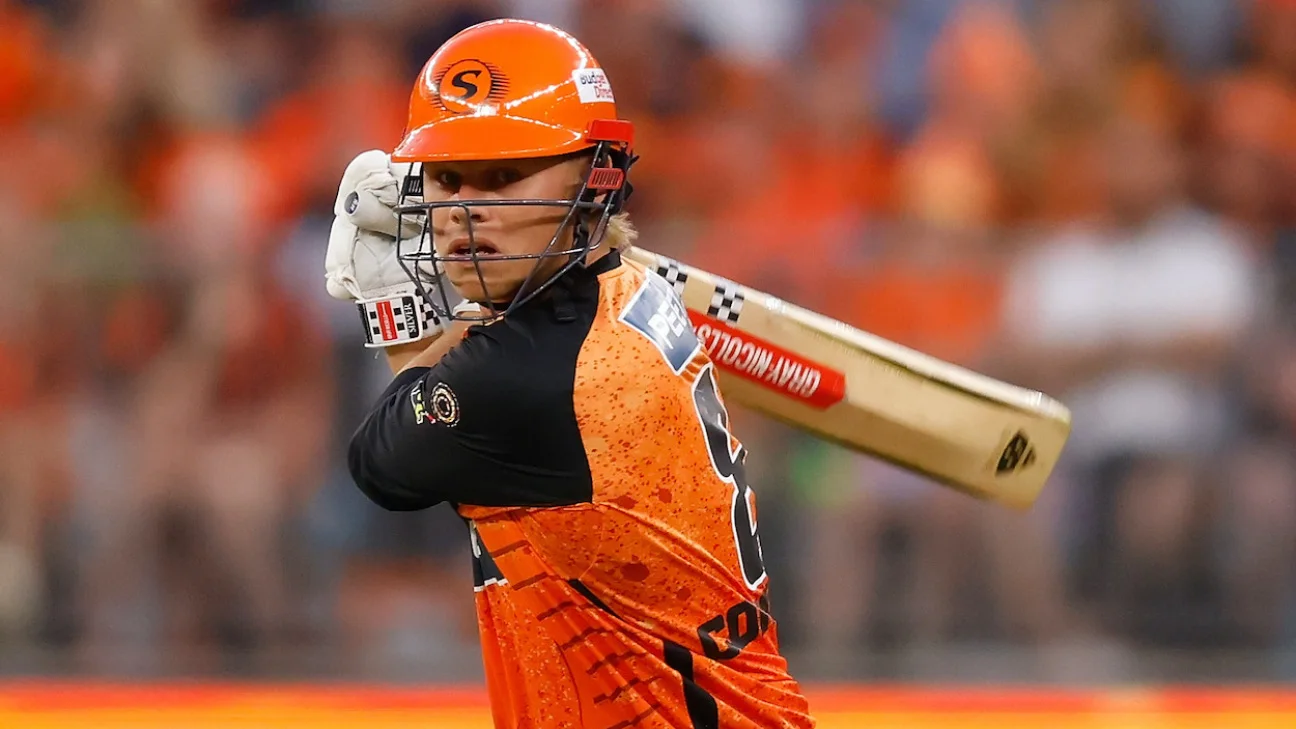
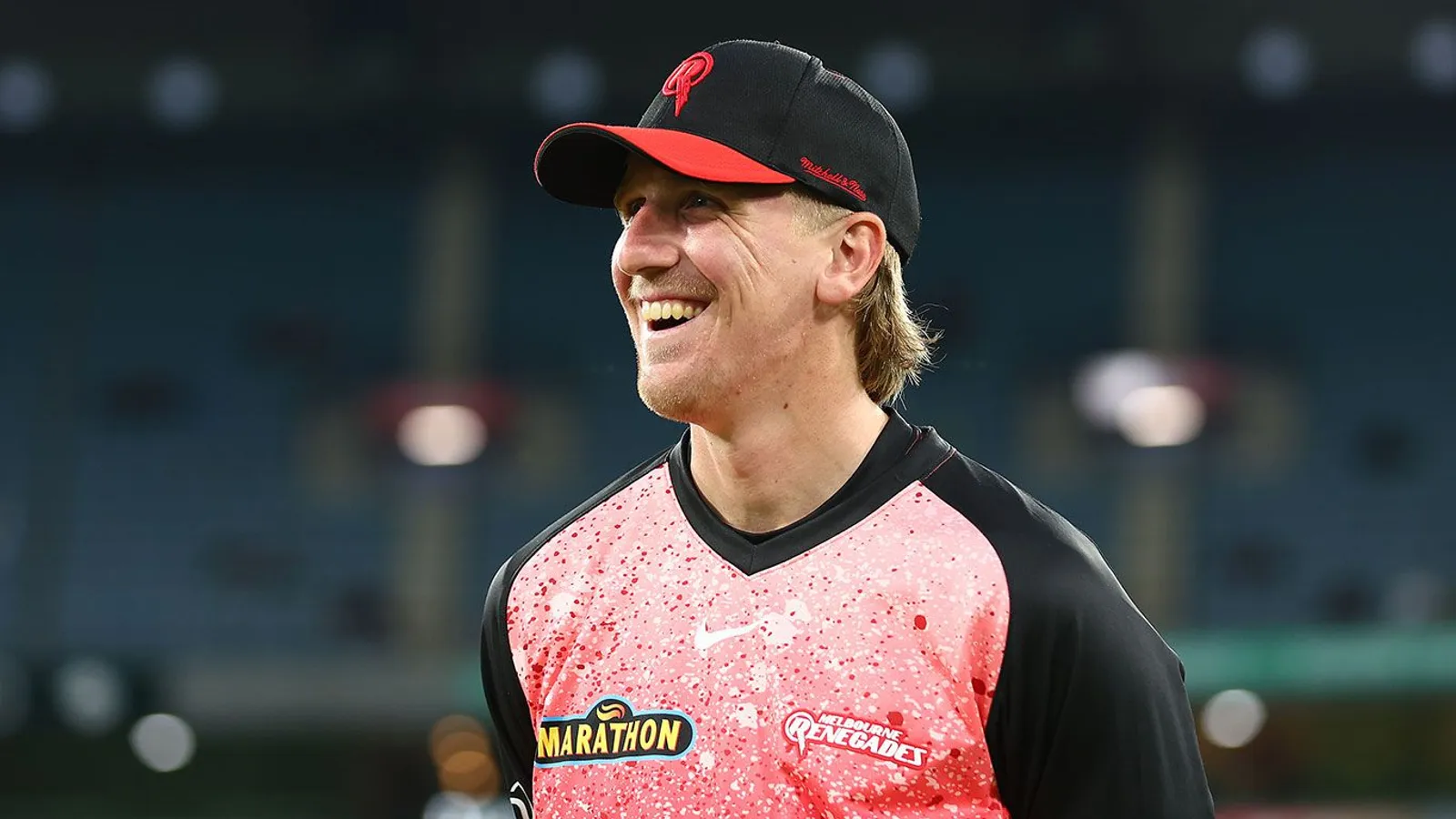
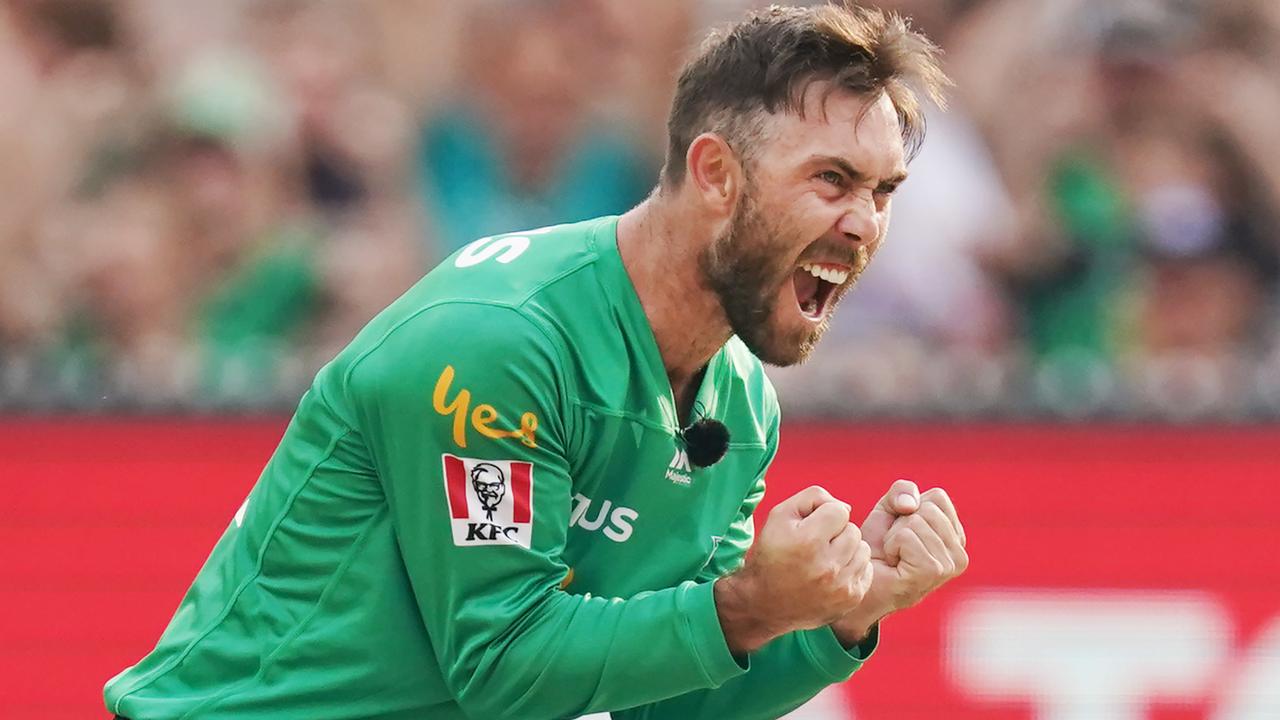
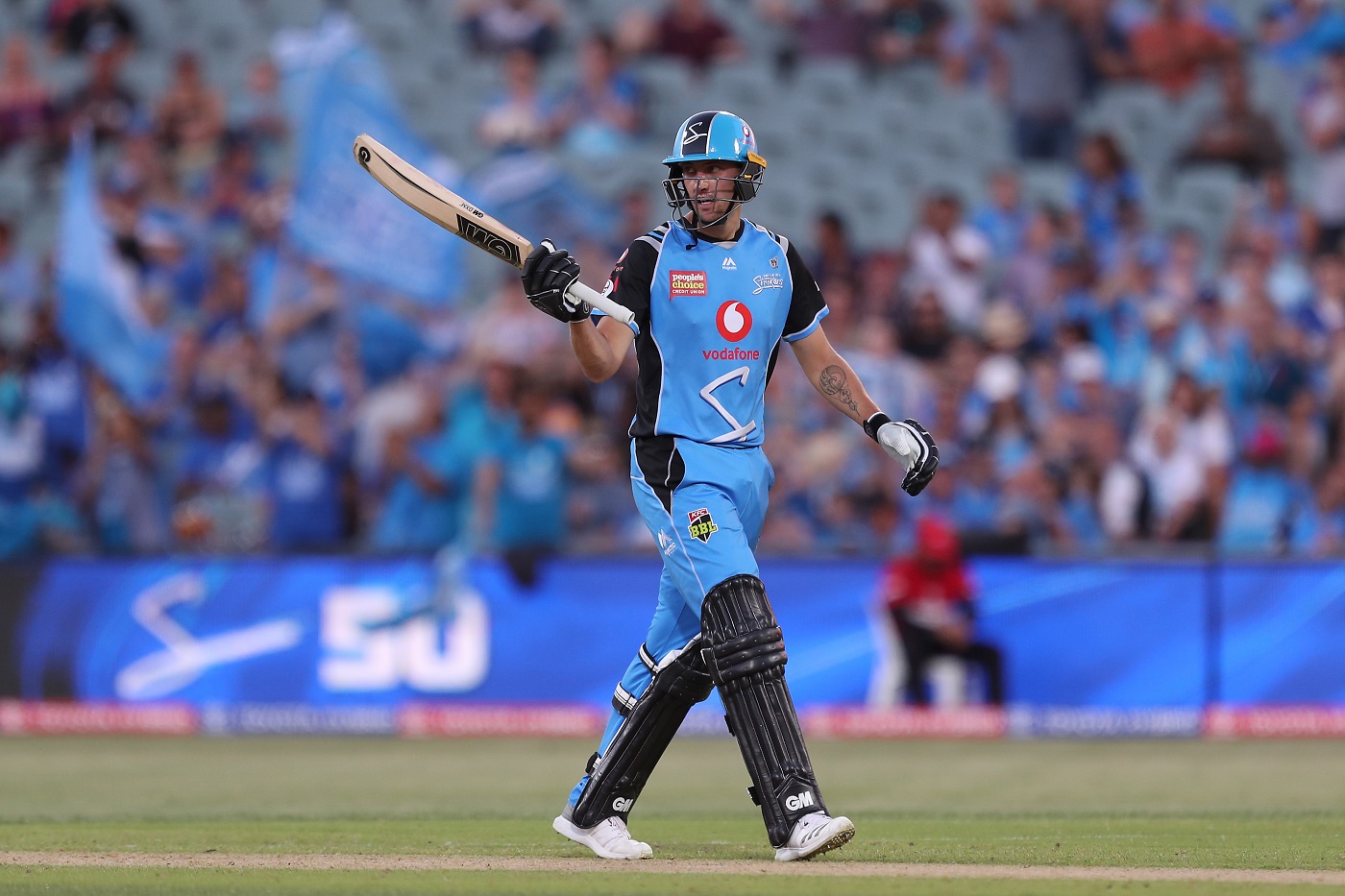
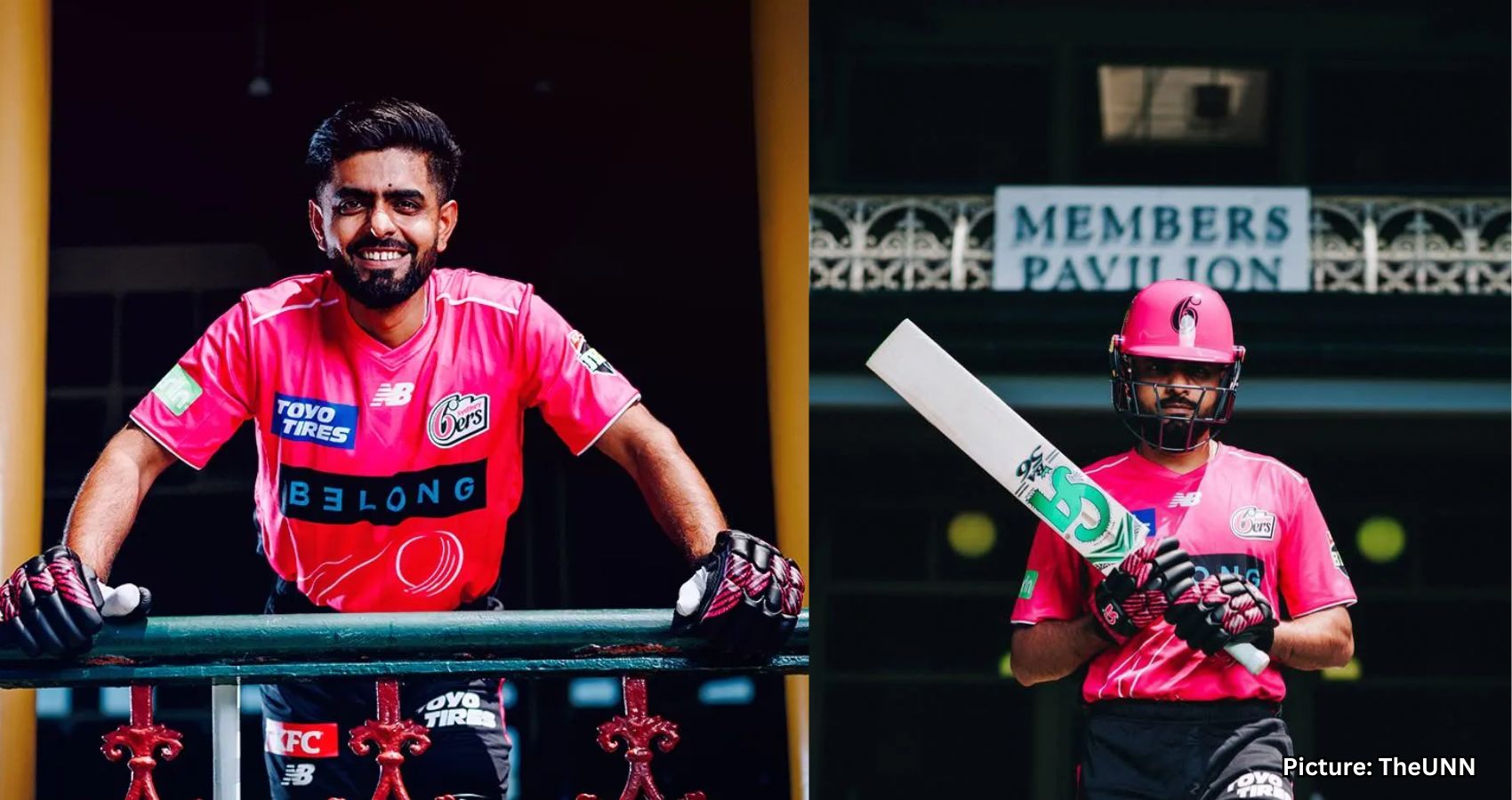
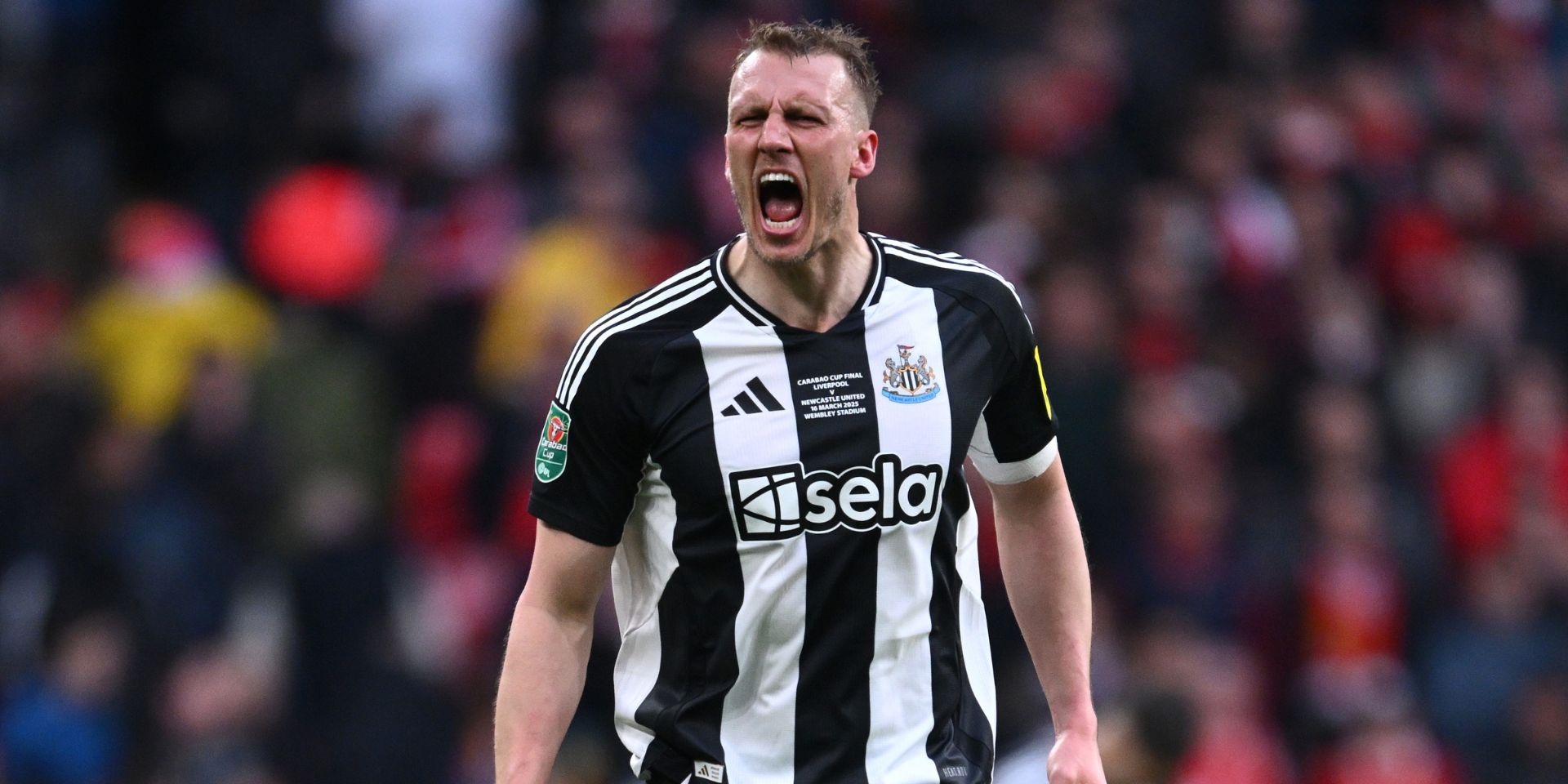
Cracking article! Really enjoyed the strategic perspective Steve has given. Love how he thinks about the long game!
Playing for an SC championship ring this year so this was a great article to read and refocus my tactics. I’d never even considered a few of the points made. Thanks!!!
Well the only way I can go is up in my league. Thanks for the tips. Any other teams with soft draws around the bye?